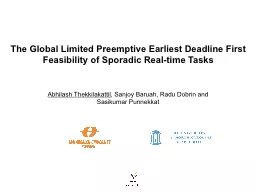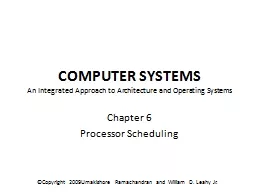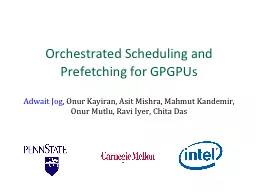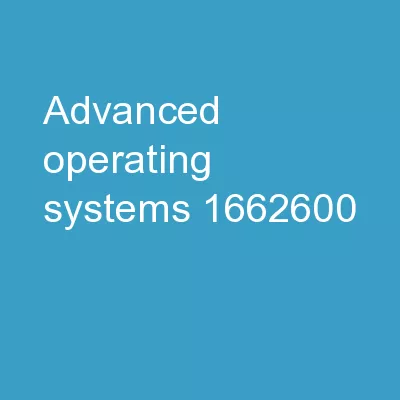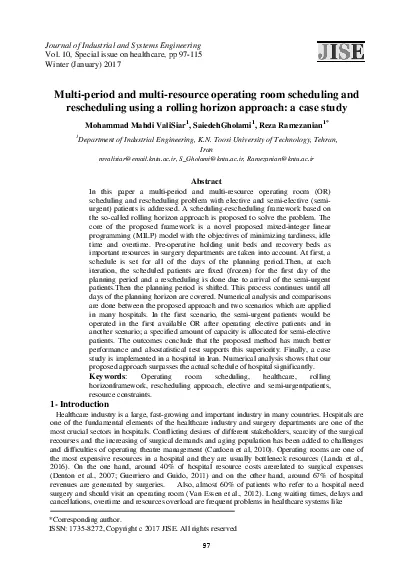PPT-Preemptive Scheduling and
Author : luanne-stotts | Published Date : 2016-10-17
Mutual Exclusion with Hardware Support Thomas Plagemann With slides from Otto J Anshus amp Tore Larsen University of Tromsø and Kai Li Princeton University Preemptive
Presentation Embed Code
Download Presentation
Download Presentation The PPT/PDF document "Preemptive Scheduling and" is the property of its rightful owner. Permission is granted to download and print the materials on this website for personal, non-commercial use only, and to display it on your personal computer provided you do not modify the materials and that you retain all copyright notices contained in the materials. By downloading content from our website, you accept the terms of this agreement.
Preemptive Scheduling and: Transcript
Download Rules Of Document
"Preemptive Scheduling and"The content belongs to its owner. You may download and print it for personal use, without modification, and keep all copyright notices. By downloading, you agree to these terms.
Related Documents


